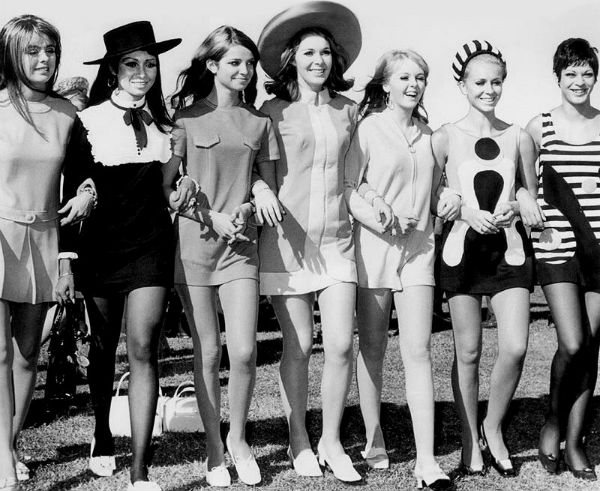

After World War I, the "Roaring Twenties" marked the beginning of fashion in France. From 1920 onwards, women became emancipated and made traditions, their bodies were freed and the style of dress became more androgynous. Farewell to the corset and hello to the low waist dress!
French women wear a sober style, rather masculine with short hair but it is a chic "à la garçonne". In the evening the outfits are more extravagant, they are adorned with sequins and feathers and breathe the joy of life.
The men also have the right to a new wardrobe. Their allure is more sporting. Golf pants and checkered pattern are in the spotlight. The suit is close to the body but comfortable.
Beige is de rigueur for the day while black accompanies the social evenings. Ideal for a small evening to dance the Charleston.
Comfortable, chic clothes like those you can still find in the Les Petits Imprimés online boutique.
The crisis of 1929
The stock market crash of 1929 was the end of a decade of joie de vivre. It is thus a return to pre-war classicism that fashion is witnessing. Conservative and conventional are the words that define this style. In daytime, the suit is of setting for the women while the beautiful long dresses are reserved for the evenings. Shoulder pads are added, giving the bust the shape of a V, while the back will be revealed.
The corset, put back in fashion, will become girdle and the hat is worn rather on the side. And for these gentlemen? A 3-piece suit close to the body and a long coat, all in dark colors. In these troubled times, the slightest sign of extravagance is very frowned upon and a sign of bad taste!
Resistance under occupation
Fashion and the beginning of the 40's are marked by the Second World War. Some fashion houses closed their doors and preserving the French tradition under the occupation was essential. The restriction will limit the new trends. Clothes are adapted to the new rhythm of life and old clothes are recycled. The feminine silhouette has broad shoulders, shortened dresses, tight and fitted waists, balloon sleeves and wedge shoes. For men, it's a good idea to take off the big coats in favor of jackets.
In 1947, Christian Dior imposed the new trend that everyone was clamoring for, the New Look. Women returned to their femininity and the couturier launched the new trend of the 1950s.
Since France occupies an important place in this discipline combining art, know-how and industry. A market which represents 580,000 direct jobs and which, through the worldwide fame of its many creators, contributes strongly to the influence and tourist appeal of France.
Want to join the club of fashion designers and be part of the future of French fashion? Take the plunge with this styling & pattern-making workshop, where you'll see if your talent for designing a made-to-measure garment is just waiting to be expressed.
Valérie from Comme des Français
----
To be an expert in French fashion, focus on a few must-haves: